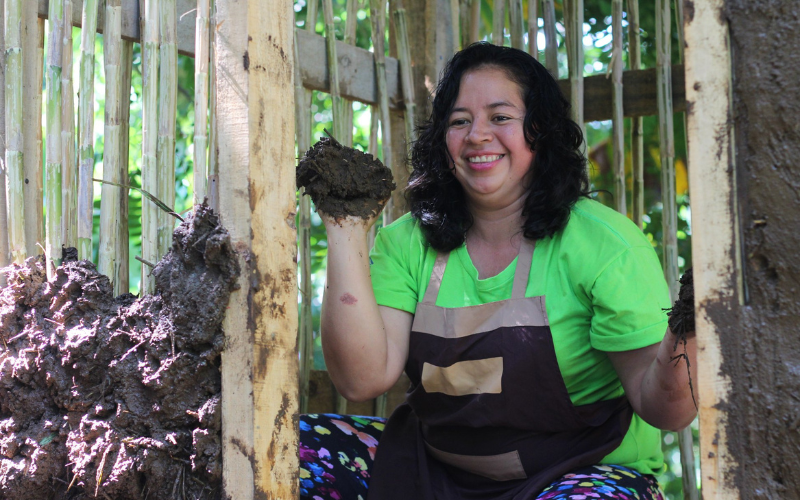Green Mortgage is a housing finance scheme developed by the Institute for the National Workers’ Housing Fund (INFONAVIT) to encourage the use of energy efficient systems and technologies for low-income households. Families purchasing homes with INFONAVIT are given an additional ‘green’ mortgage (a credit on top of the actual mortgage credit) of up to US$1,250, to cover the cost of additional eco-technologies.
The initiative aims to encourage developers to build homes with energy-saving materials and technologies, and the low-rate mortgage given enables families to save more on their utility bills than the increase in their monthly mortgage payment.
To date, over 900,000 Green Mortgage credits have been granted, benefiting over three million people.












